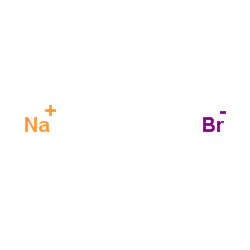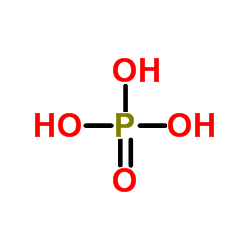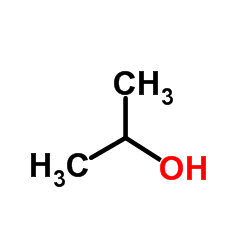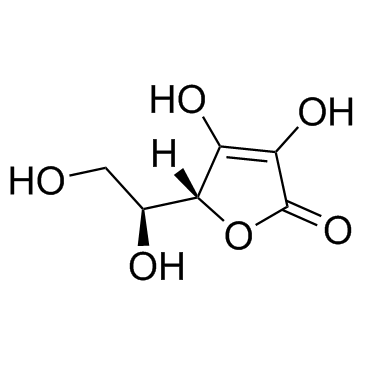| Structure | Name/CAS No. | Articles |
|---|---|---|
 |
Sulfuric acid
CAS:7664-93-9 |
|
 |
sodiumborohydride
CAS:16940-66-2 |
|
 |
sodium chloride
CAS:7647-14-5 |
|
 |
Sodium bromide
CAS:7647-15-6 |
|
 |
Phosphoric acid
CAS:7664-38-2 |
|
 |
Hydrochloric acid
CAS:7647-01-0 |
|
 |
Aqueous ammonia
CAS:1336-21-6 |
|
 |
Isopropanol
CAS:67-63-0 |
|
 |
Ascorbic acid
CAS:50-81-7 |
|
 |
Potassium iodide
CAS:7681-11-0 |